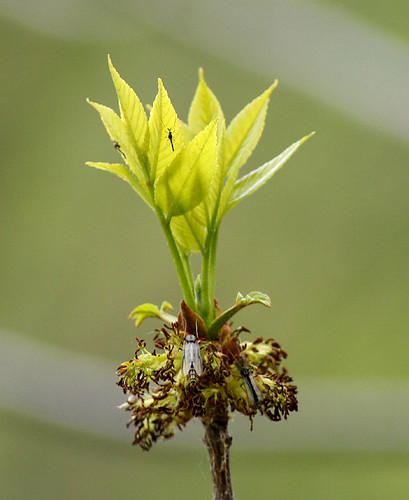
new green ash 3 by withrow
Are readers of TheGardenLady thinking of planting native trees and shrubs in your yards? Are you willing to plant them as seedlings? Especially now, after the terrible storm that blew so many trees down, you might be considering replanting your property.
A place to get them is a nursery in Jackson, NJ that has been in business for 100 years- so they know their native trees and shrubs. This is the only state run nursery in NJ. See here. This nursery raises native trees and shrubs from seeds. If you have a large enough property, this is a place to get your planting done quickly and cheaply. The NJ State Forest Nursery (732) 928-0029 will sell you a bundle of thirty tree seedlings- 3 or 4 different kinds in each bundle depending on where you want to plant these seedlings.
There is a:
Watershed Packet: These species like moist soils and prevent runoff.
Wildlife Packet: These species provide food and habitat for wildlife.
Beautification Packet: These species are aesthetically pleasing.
The trees in the groups include:

Green ash by Fr Antunes
Green Ash (Fraxinus pennsylvanica) – Fast growing tree to 50-60 ft tall
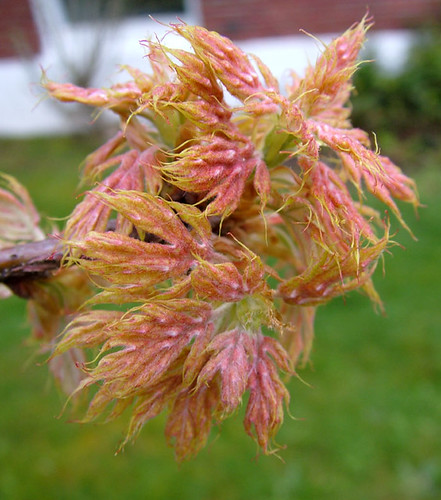 Pin Oak Leaves – Quercus palustris by maxi millipede
Pin Oak Leaves – Quercus palustris by maxi millipede
Pin Oak (Quercus palustris) – Grows to 60-70 ft, 25-40ft ft wide, red fall color
Silky Dogwood (Cornus amomum) – Grows 6-10 ft, 6-10 ft wide. Creamy white flowers in spring
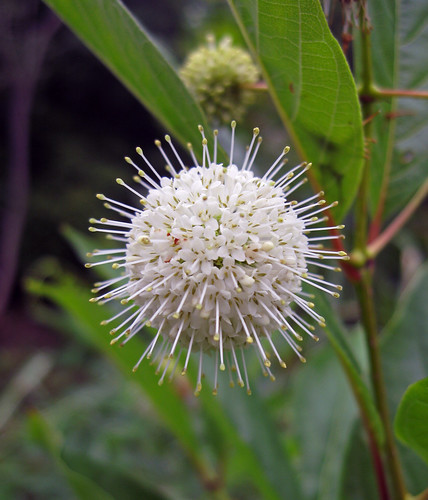
Cephalanthus occidentalis, Common buttonbush, Roanoke, Virginia by shyzaboy
Buttonbush (Cephalanthus occidentalis) – Shrub grows to 12 ft. Small, white flower clusters in late summer
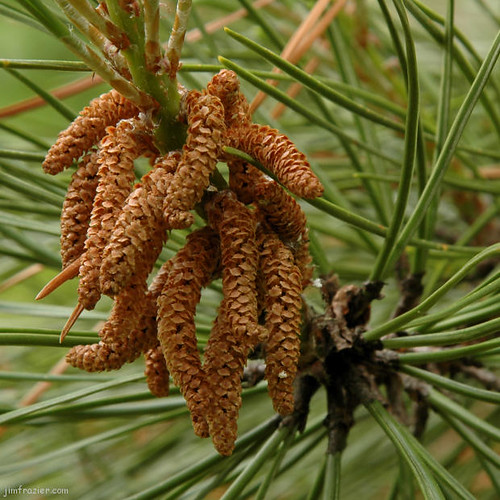
Pitch Pine by Jim Frazier
Pitch Pine (Pinus rigida) – Grows to 60ft. Hardy and fire tolerant
White Pine (Pinus strobus) – Grows to 50-80 ft, 20-40 ft wide. Fast growing
Silky Dogwood (Cornus amomum) – Grows 6-10 ft, 6-10 ft wide. Creamy white flowers in spring
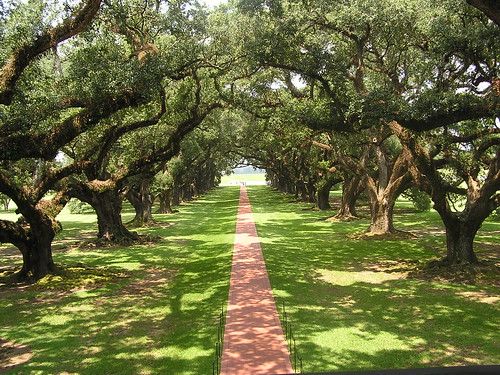
Oak Alley by Lake Fred
Oak (Quercus spp.)
White Pine (Pinus strobus) – Grows to 50-80 ft, 20-40 ft wide. Fast growing
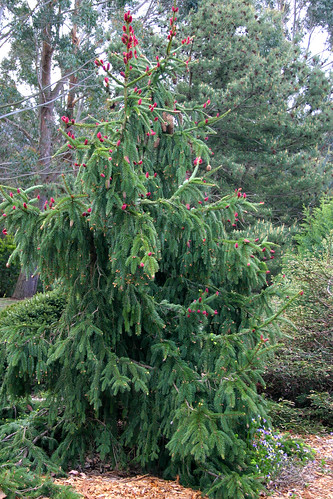
Picea abies ‘Acrocona’ 031012-063 by Tony Rodd
Norway Spruce (Picea abies) – Hardy, aromatic, and fast-growing to 60 ft tall
The seedlings have to be ordered no later than March for an April or May delivery or you will have to wait for next spring for delivery. Though this is basically for NJ residents, when I called them to see if they would sell these bundles to people in other midAtlantic states, they seemed to say they would. Tell them that TheGardenLady recommended them. Out-of-staters have to phone or visit the nursery. If you live in NJ you can order on line here.
This nursery also offers all sorts of interesting classes about trees such as how to identify trees and tree care. Classes are for children and adults. And if you drive to their nursery, they have miles of hiking trails. Make this a day’s outing.

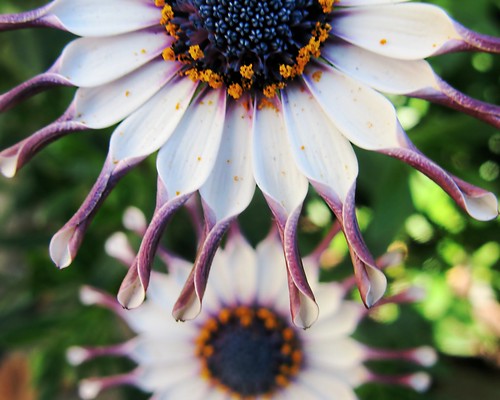
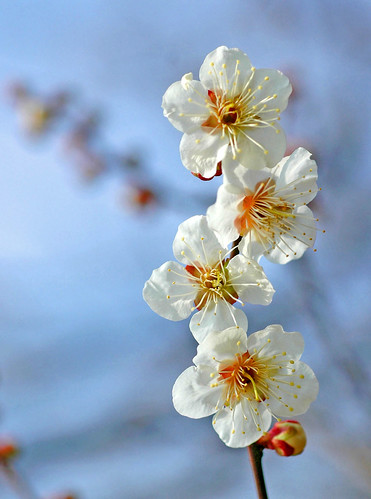



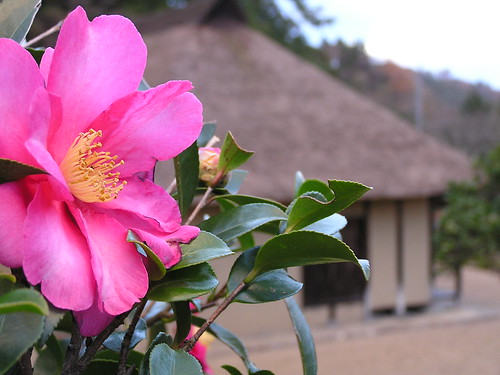
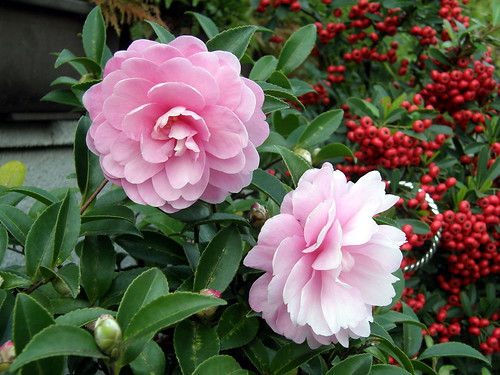
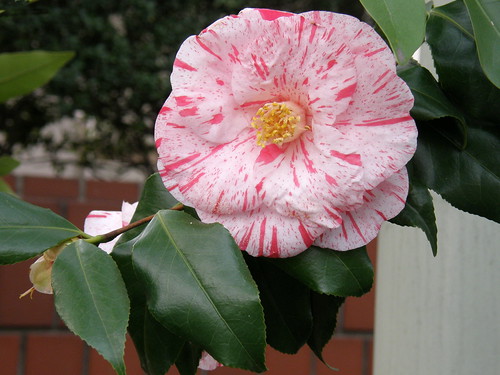



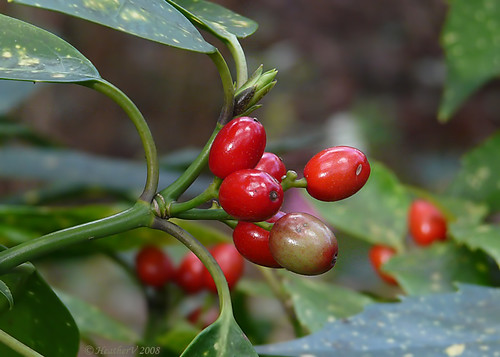
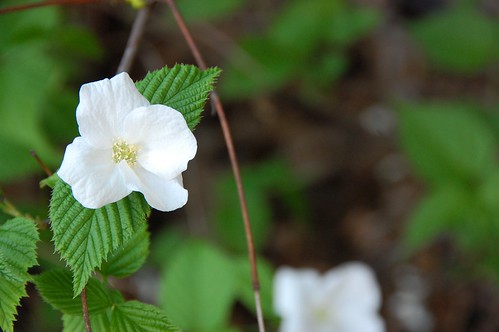
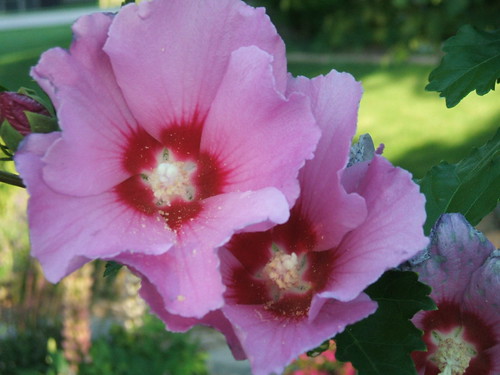
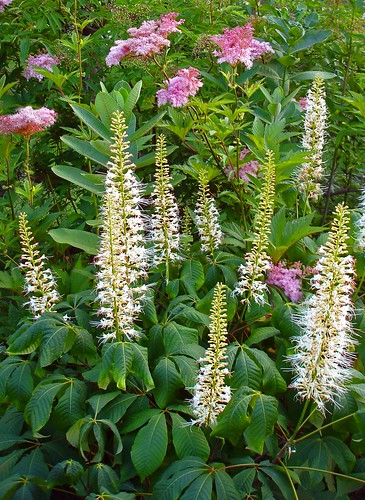
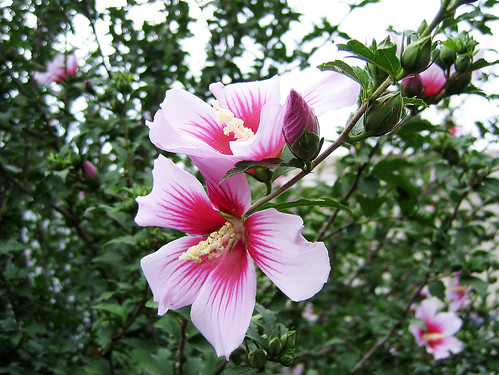








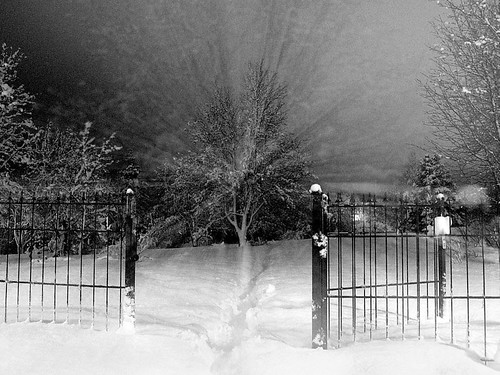 Â
Â